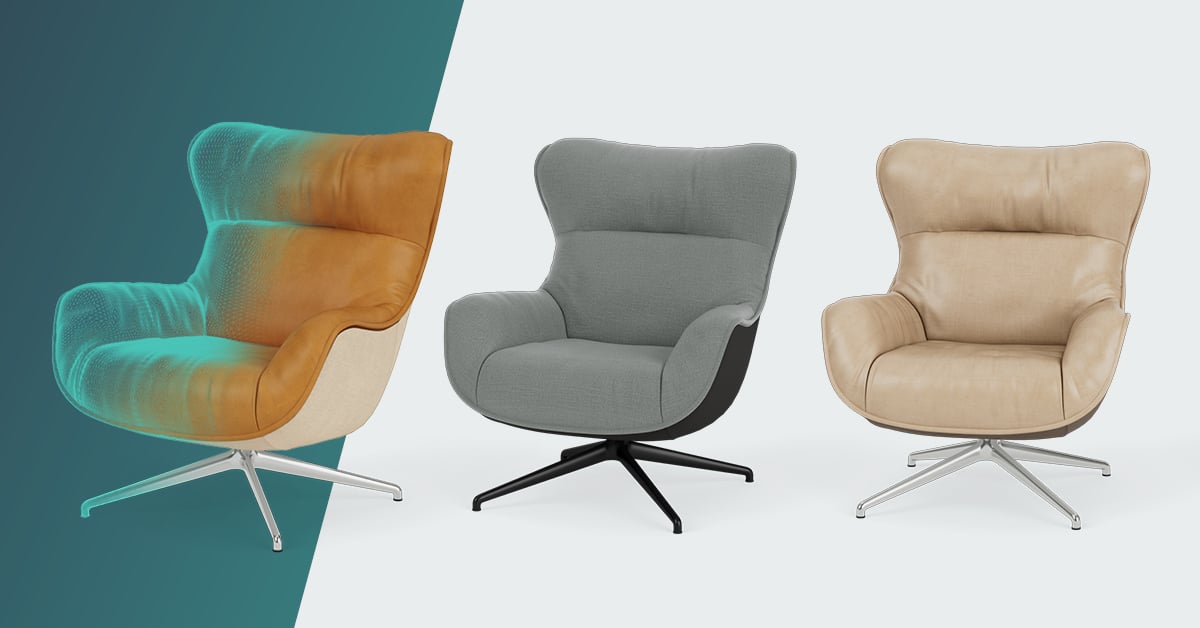Over the past few years, digital tools have caused a huge change in the furniture business. Furniture configurator software is one of the most important ones because it changes how companies design, make, and ship their goods. Not only does this new technology make manufacturing more efficient, but it also makes customers happier by closing the gap between what they want and what can be made.
Empowering Customization at Scale
One of the most significant impacts of 3D configurators is their ability to support mass customization. In the past, offering personalized furniture often required lengthy lead times, high costs, and complex supply chains. With modern configurator software, customers can visualize their furniture in real time, selecting fabrics, colors, sizes, and finishes that suit their tastes.
For manufacturers, this streamlined process reduces miscommunication and design errors. By allowing buyers to interactively preview a product before it’s made, companies can minimize costly returns and reworks. What was once an operational challenge has now become a seamless and profitable offering.
Enhancing Production Efficiency
Beyond the customer-facing benefits, 3D configurators significantly improve internal workflows. Manufacturers can integrate the software directly into their production systems, ensuring that every order submitted through the platform generates precise specifications and measurements.
This automation reduces manual intervention, cutting down on time spent translating customer choices into production details. As a result, production schedules become more predictable, material waste decreases, and overall efficiency rises. In industries like furniture manufacturing, where material costs are high, this level of precision can substantially improve profit margins.
Redefining the Customer Experience
Today’s furniture buyers expect a shopping experience that is interactive and engaging. Traditional catalogs and static product images often fail to communicate the nuances of scale, color, and design. With 3D configurator software, however, customers can rotate, zoom, and explore products from multiple angles, gaining a clearer understanding of what they are purchasing.
This immersive experience builds trust and confidence. When buyers feel assured that the final product will match their vision, they are more likely to complete purchases and recommend the brand to others. In this sense, configurator software acts as a powerful sales tool, driving higher conversion rates and increasing brand loyalty.
Supporting Sustainable Manufacturing
Sustainability has become a top priority in the furniture sector. 3D configurators contribute to greener practices by reducing material waste and energy use. Since customers can finalize their design choices before production begins, manufacturers avoid unnecessary trial-and-error processes that lead to wasted resources.
Additionally, by shifting part of the sales process online, companies reduce the need for physical showrooms and product samples. This digital-first approach not only lowers operational costs but also aligns with eco-friendly business practices, appealing to environmentally conscious consumers.
Bridging the Gap Between Design and Manufacturing
Traditionally, the transition from a designer’s vision to a manufacturer’s execution involved multiple stages of revisions. Misunderstandings often led to delays or flawed products. Furniture configurator software addresses this challenge by creating a direct link between design concepts and production data.
Designers can experiment with different styles on the same platform that customers use, ensuring that what buyers see is exactly what can be manufactured. This alignment strengthens collaboration across departments, accelerates the design-to-market cycle, and reduces friction throughout the supply chain.
Future Outlook for Furniture Manufacturing
The use of 3D configurators will grow even more as technology keeps getting better. Virtual reality (VR) and augmented reality (AR) are already being used together to let customers place virtual furniture in their living rooms and see how patterns look in real life before they buy.
For manufacturers, the future may involve fully automated production lines connected to configurator software, where customer selections immediately trigger production processes with minimal human oversight. This evolution promises faster delivery times, higher levels of personalization, and a more responsive manufacturing ecosystem.
Final Thought
Furniture creation software is no longer a nice-to-have; it’s a must-have for companies that want to stay competitive. By enabling customization, improving efficiency, enhancing customer experiences, and supporting sustainability, this technology has transformed the very foundations of furniture manufacturing. As the industry moves toward an increasingly digital future, configurators will continue to bridge creativity and production, redefining how furniture is imagined, built, and delivered.





























